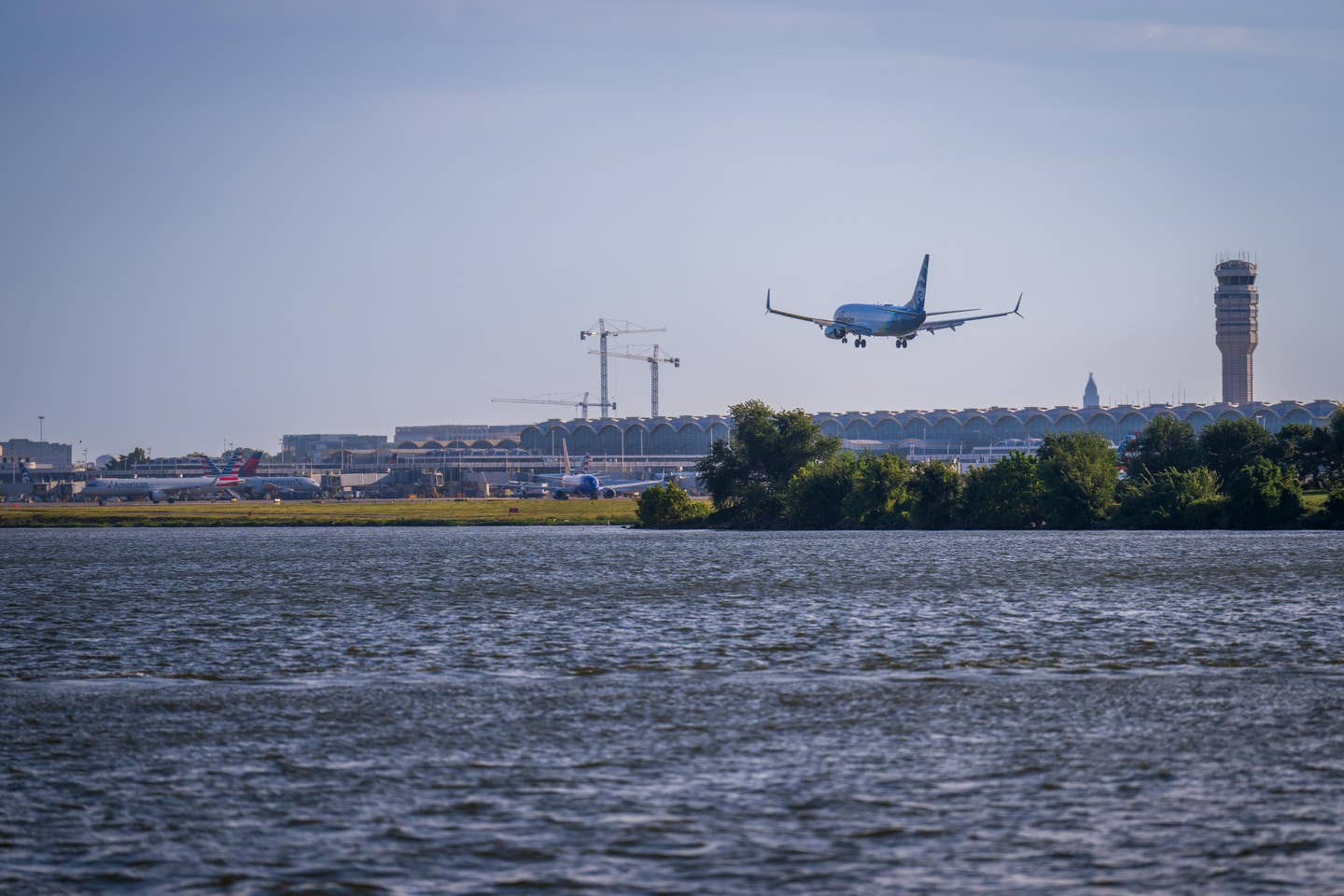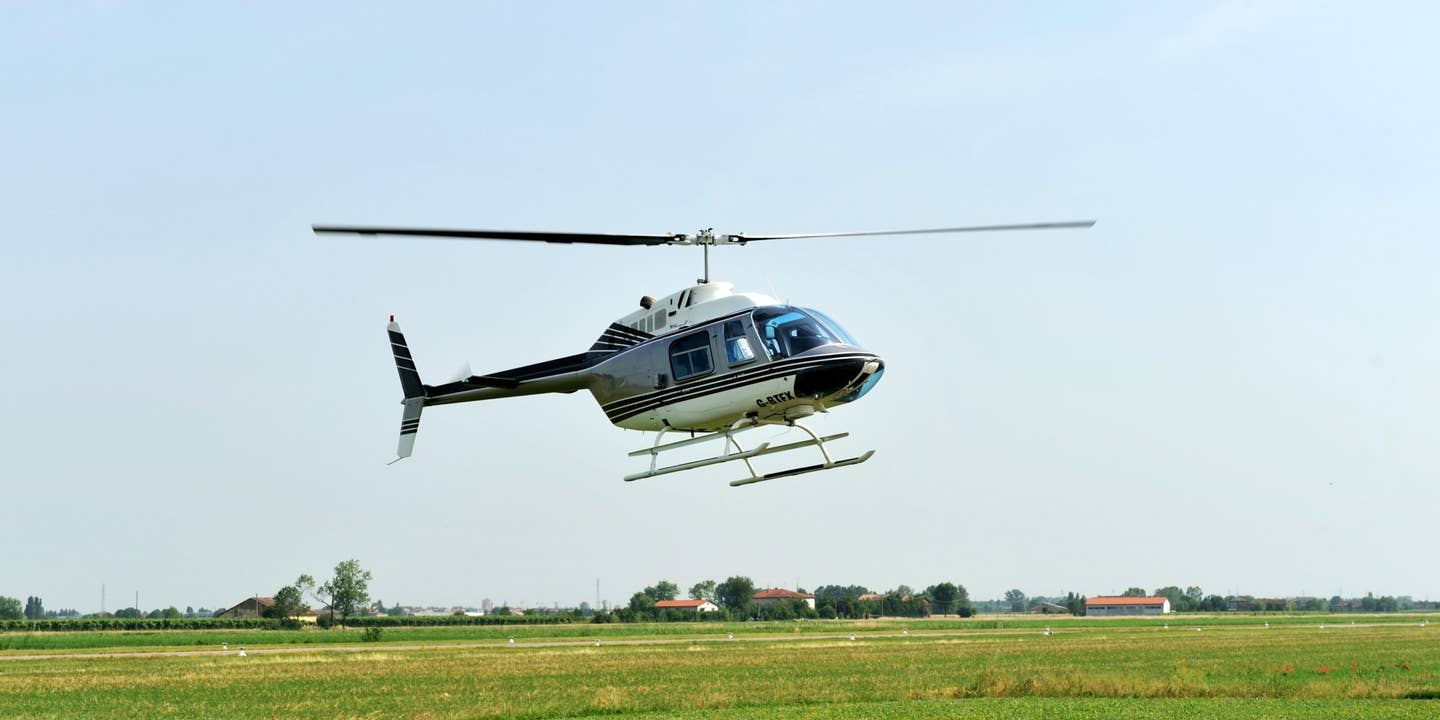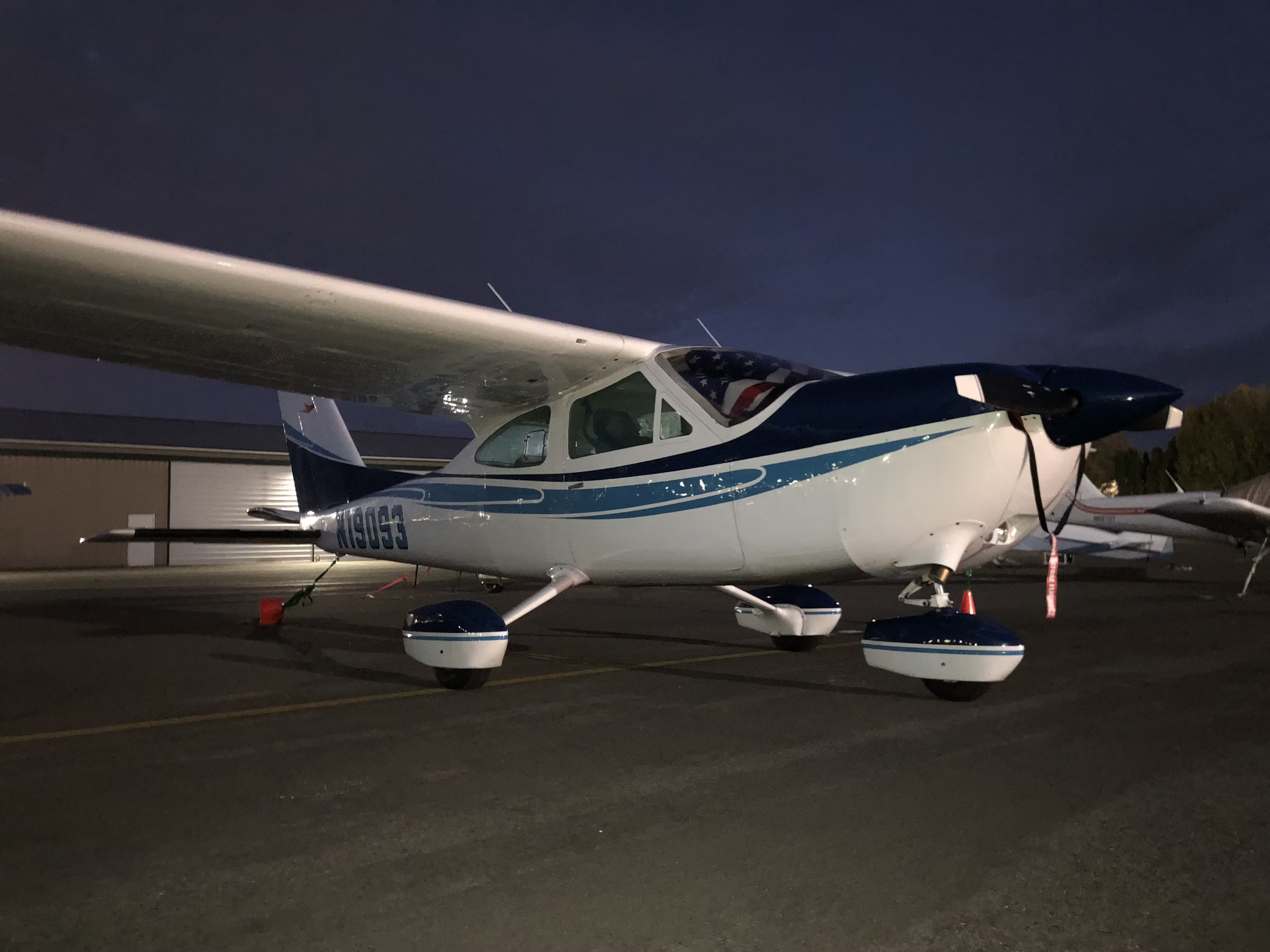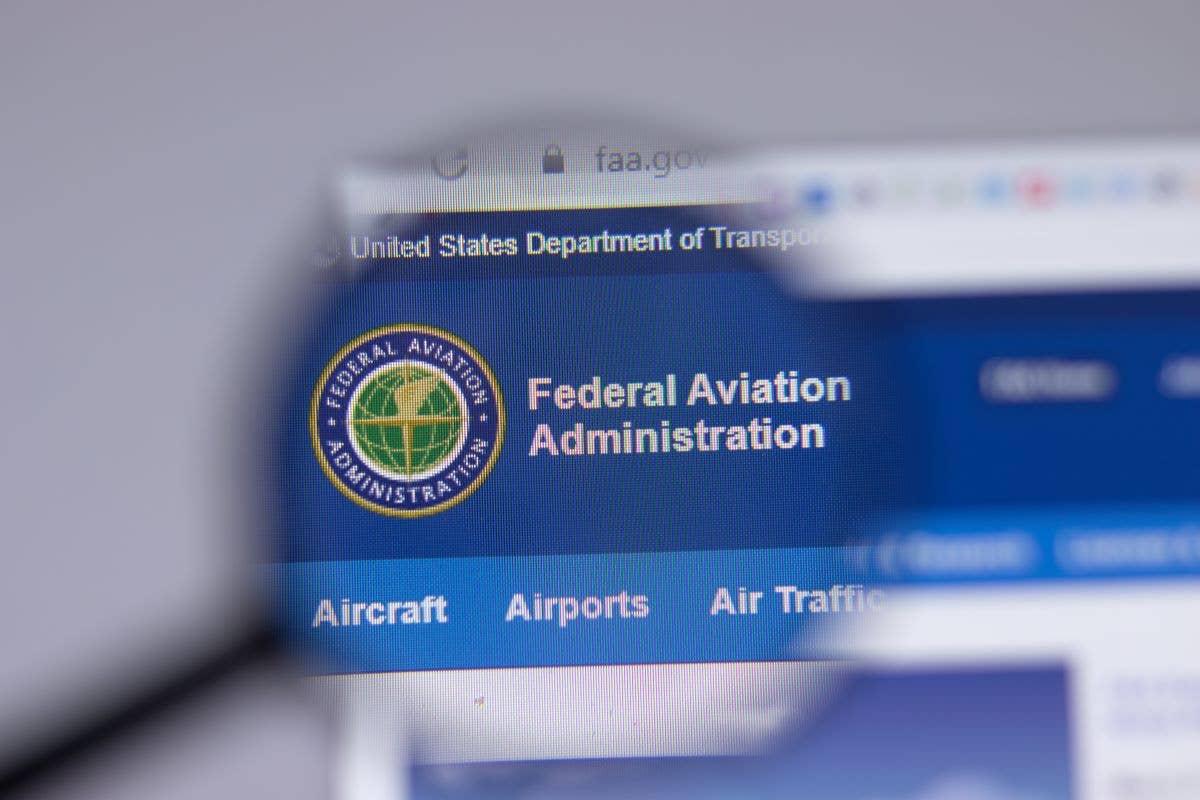FAA: D.C. Airport at 89 Percent of ATC Staffing Target
Agency says airport that was site of fatal midair collision has 25 certified controllers and three controllers in training.

According to reports, two air traffic controllers were handling the job of four personnel on the eve of last week’s fatal midair collision near Ronald Reagan Washington National Airport (KDCA) in Arlington, Virginia. [Courtesy: Mark Stebnicki/Pexels]
The National Air Traffic Controllers Association (NATCA) and other aviation groups have pushed back against President Donald Trump’s suggestion that unqualified controllers were somehow responsible for the fatal midair collision near Ronald Reagan Washington National Airport (KDCA) last week.
Due to an ongoing investigation, the FAA has not been able to share information about control tower staffing on the eve of the crash or the specific controller handling the aircraft. But the agency on Monday shed some light on the rigorous training and certification all controllers must complete before taking over airspace.
“Air travel is the safest mode of transportation,” the regulator said in an FAQ. “The FAA will quickly take any actions necessary based on evidence from the investigation of Wednesday’s accident at DCA.”
According to the FAA, the staffing target for KDCA in Arlington, Virginia, is 28 certified controllers. As of Monday it had 25, about 89 percent of that target, with a further three in training who were certified at other airports. The current nationwide shortage of controllers is partially a product of the COVID-19 pandemic as well as stringent training requirements. For example, less than 10 percent of ATC applicants are accepted into the FAA’s training academy in Oklahoma City.
The FAA recruits controllers from university-level training programs and the general public, as well as a pool of experienced or former military controllers. All recruits must meet physical, medical, and mental requirements, such as good eyesight and the ability to sit or stand for long stretches.
They must also have no history of psychosis, neurosis, or any disorder that could disrupt their work, among other qualifications. People with physical deformities can be accepted, but only if the FAA determines the condition won’t interfere with the “satisfactory and safe performance of duty.”
Experienced and former military controllers are immediately assigned to a facility to begin training. Other applicants must pass the entry-level Air Traffic Skills Assessment (ATSA) and complete medical and security clearances before entering the ATC academy.
After finishing about 16 weeks of training in Oklahoma City, graduates are placed at one of hundreds of FAA air traffic facilities, where they train to manage that specific airspace for two to four years. Only then can they join the group of about 14,000 FAA-certified air traffic control specialists.
Training continues even after controllers reach the tower. Personnel are required to complete routine proficiency tests and an annual medical review to be cleared for work.
Per reports, two controllers were handling the work of four personnel on the night of the fatal midair. According to NATCA president Nick Daniels, that is not unusual given the nationwide shortage of specialists.
Like this story? We think you'll also like the Future of FLYING newsletter sent every Thursday afternoon. Sign up now.

Sign-up for newsletters & special offers!
Get the latest FLYING stories & special offers delivered directly to your inbox






